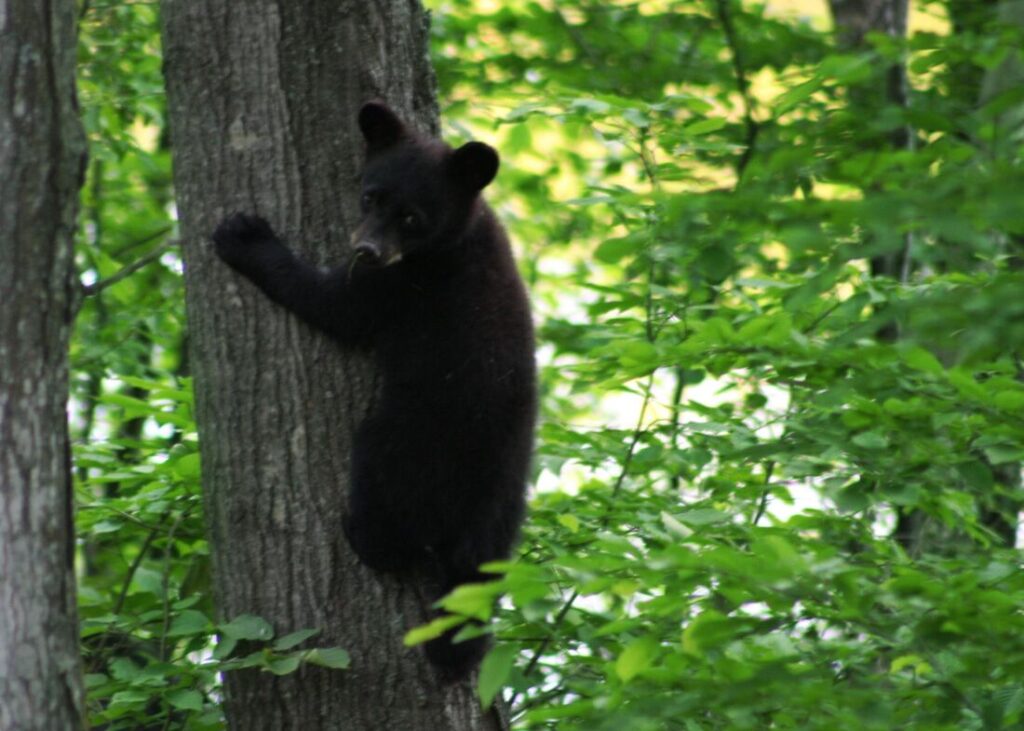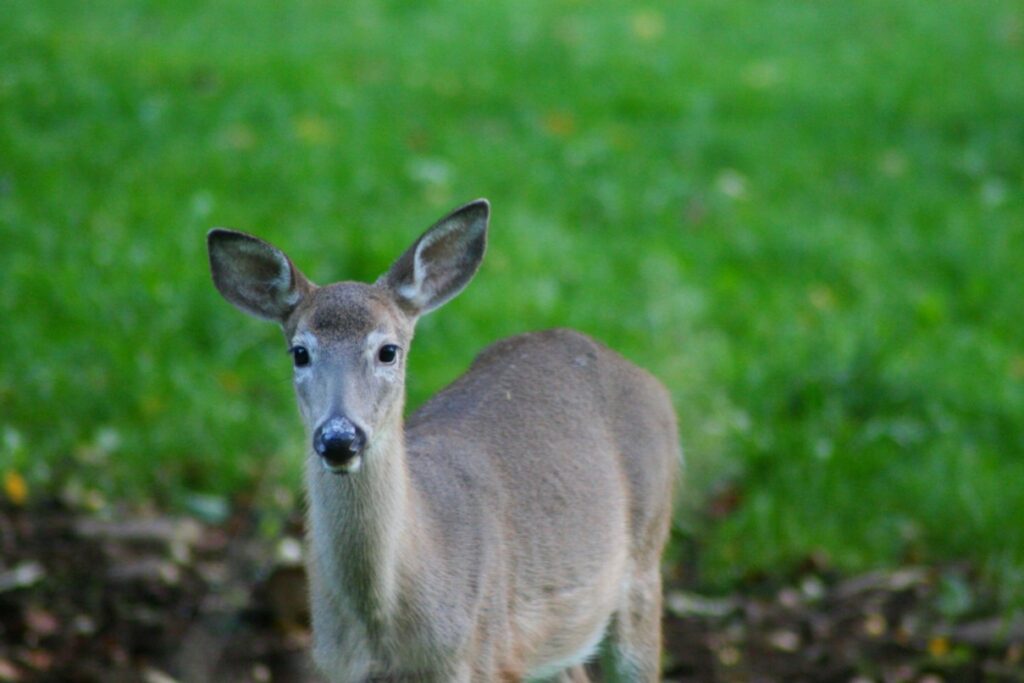First of all, we highly recommend all wildlife-conscious people carry a couple of wildlife rehabilitator phone numbers in their phones at all times. That way if you’re the person on the scene of a wildlife-vehicle collision (WVC), or you’re faced with an orphaned or injured animal in someone’s backyard, you have resources at your fingertips and you know whom to call. Here’s how to find a wildlife rehabilitator in your area.
How wildlife rehabilitators help injured animals
Wildlife rehabilitators are specially trained, educated and licensed professionals working in partnership with a licensed veterinarian to care for sick, orphaned or injured animals and helping them return to their natural environment. Through wildlife rehabilitation, the animals receive appropriate nourishment for their species as well as medical care in an environment that meets certain standards. Depending on your area, a wildlife rehabilitator may only accept certain types of animals and may refer you to another organization for assistance with other species. But a wildlife rehabilitation center is a great place to start. Otherwise, it is often the state game commission or department of fisheries and wildlife that has oversight of animal removal and assistance on the roads. If you have trouble getting through to someone, anyone—People for the Ethical Treatment of Animals (PETA) has a number you can call and they’ll support you in finding a resource: (757) 622-PETA.

Sarinahornay [CC BY-SA 3.0]
Should you stop if you hit an animal?
Yes, absolutely! Some states even have laws about leaving the scene of a WVC (often referring to livestock, dogs and horses) so it’s always good to pull over, and either back up your car to the scene of the accident, or get out of your car and approach when it appears safe—whether from vehicular traffic or from the animal’s reaction. An animal in fear or distress, such as a deer, could kick you, and many small animals bite and scratch and carry rabies.
If it is a baby animal, be extremely cautious exiting your car and approaching as its angry and protective parents are most likely near by. This is the time to call for help!
If the animal is approachable and injured, it is fine to cover the animal with a blanket for comfort from cold and shock. You can also place something gently over the animal’s head to help calm it as vision and sensory input will add to its fear and panic. Do NOT touch the animal with your bare hands. Find something (great idea to always carry a blanket or towel of some sort in your trunk) to cover it with and/or use the blanket to help move the animal off the roadway so it is not put in further danger of being hit.
After you have gotten through to a wildlife rehabilitator or the game commission for your state and region, they’ll advise you further on what to do. If possible, remain with the animal, which will likely be in pain and terrified. Staying with the animal can help prevent further road traffic from hitting it and can also keep predators away.

What if I hit and killed a small animal on the road?
Good question. Let’s say you’re flying down the freeway at 70 mph and somehow a small mammal got trapped between lanes (they’re less likely here, but theoretically) and you hit and definitely kill the animal. Show of hands here—with cars whizzing by and heavy traffic and perhaps your car in the middle lane, would you stop? Probably not. It just wouldn’t be safe for you or other drivers.
But let’s say you’re driving down a two-lane stretch at 55 mph (where most WVCs happen, by the way) and you hit a raccoon. You safely pull over and cautiously approach, only to find that the animal is clearly beyond any kind of rehabilitation. Do you leave it? We say no. Think about it. All the times you’ve seen a furry lump up ahead in the road and you tried to maneuver your wheels to make sure you straddled the carcass instead of hitting it again. And then of course there’s the poor animal that’s been run over so many times you wonder why on earth someone couldn’t have given it the dignity of removal at some point. Be the ONE!
- Find something, like a blanket, towel, T-shirt, or piece of cardboard or plastic, to maneuver the animal onto, and move it well off the side of the road or into nearby forest or brush to let nature take its course.
- Don’t touch the animal with your bare hands.
- Observe your surroundings, watching for traffic as well as other animals, especially if you hit a baby animal.
Collision with some form of wildlife occurs, on average, every 39 minutes. 1 out of every 17 car collisions involves wandering wildlife. – DMV.org
What if I hit and killed a large animal on the road?
Once you have established that you are safe and not injured yourself, or you have called 911 for help, you can turn your attention to the animal. Calling 911 for an emergency event will often trigger a police report as well as removal of the animal from the roadway. Keep in mind that you CAN call 911 even if you, personally, haven’t been injured but you’ve hit a large animal that’s lying in the roadway, causing further danger to other vehicle traffic.
Of course you can also call the game commission for your state and in many states there are laws that allow you to collect roadkill to eat it, if that’s your thing. Some state wildlife commissions also donate roadkill for scientific research.

Put these in your phone
Humane Society listing of where to find contact info for wildlife rehabilitators and commissions by state (visit the site and find the contact info for your region)
People for the Ethical Treatment of Animals – help with animal injury on roads (757) 622-PETA (7382)
Have any other suggestions for when you hit an animal while driving? Feel free to comment and share below. And if you found this blog useful, pass it along!

